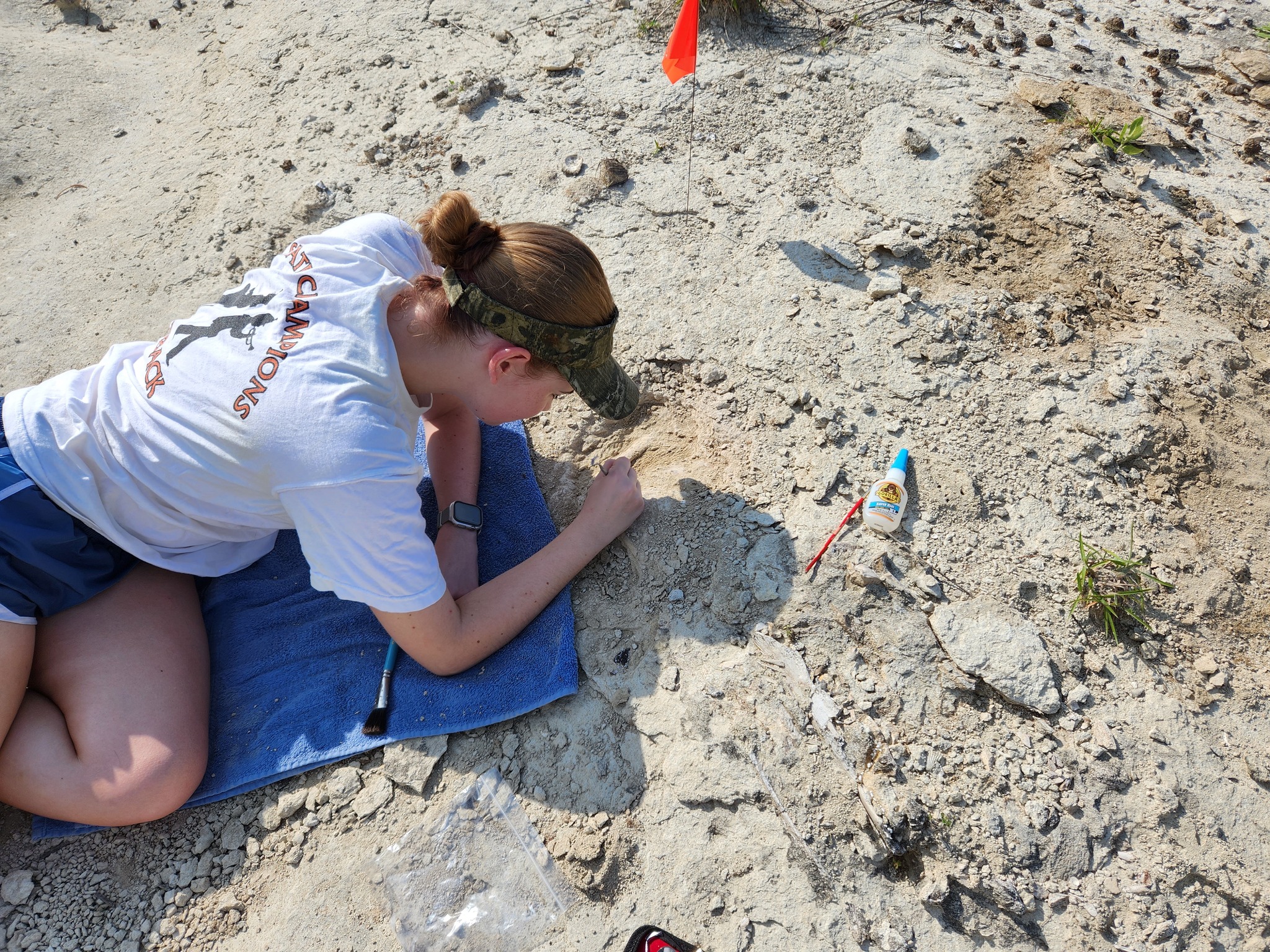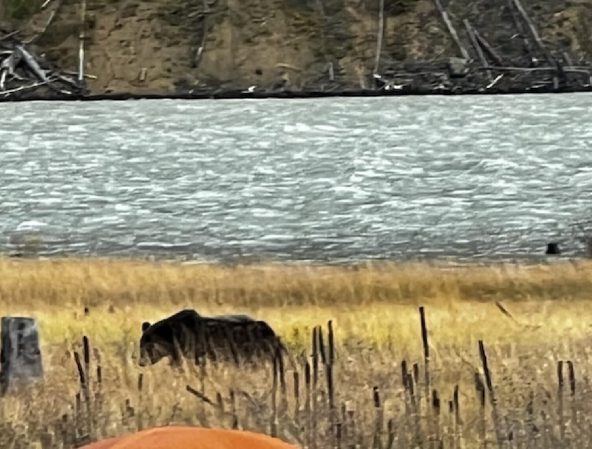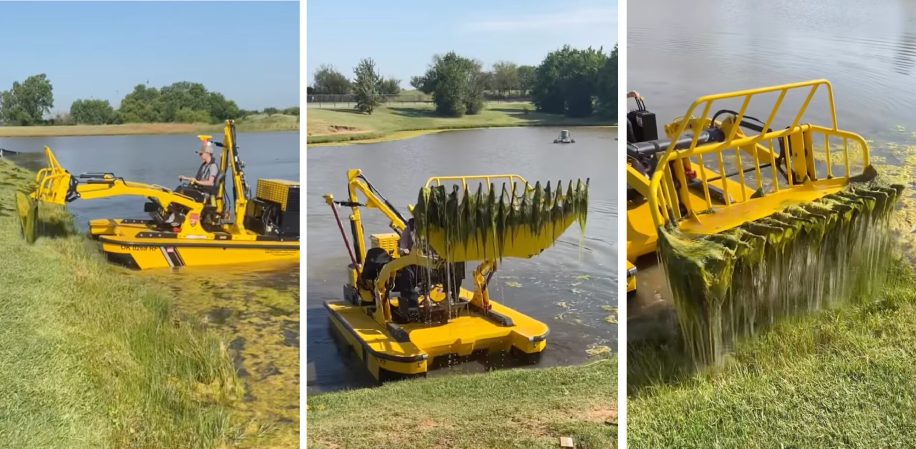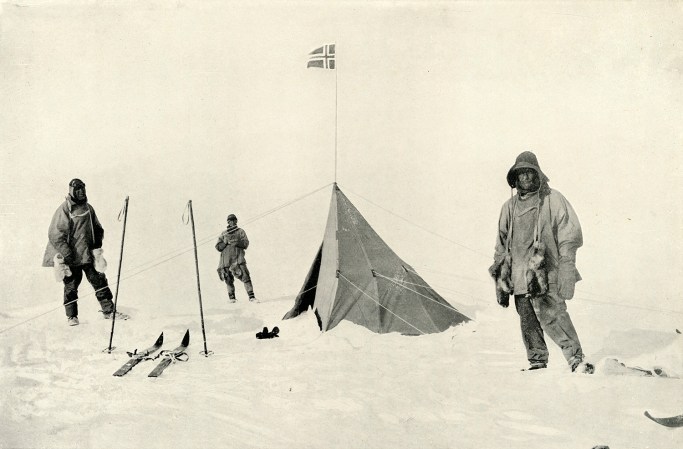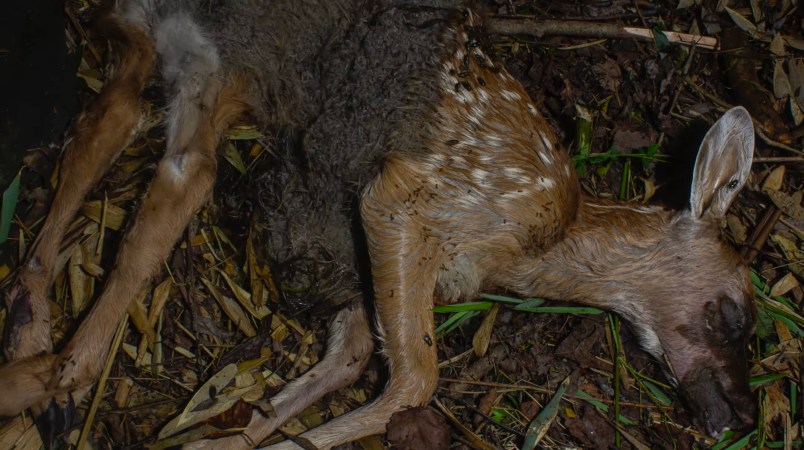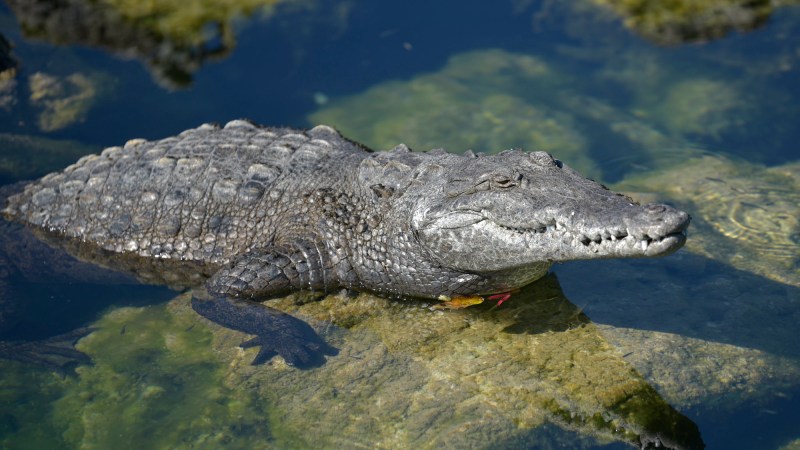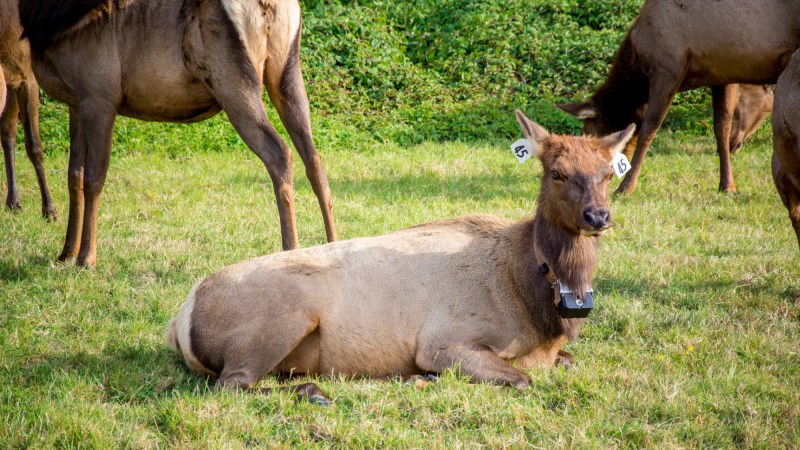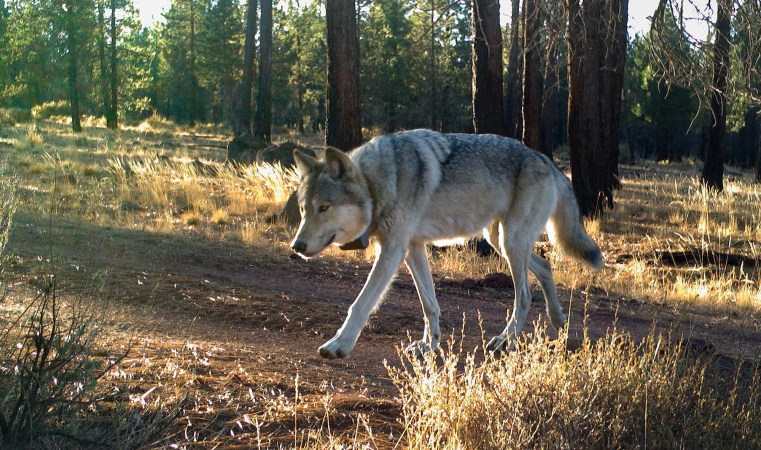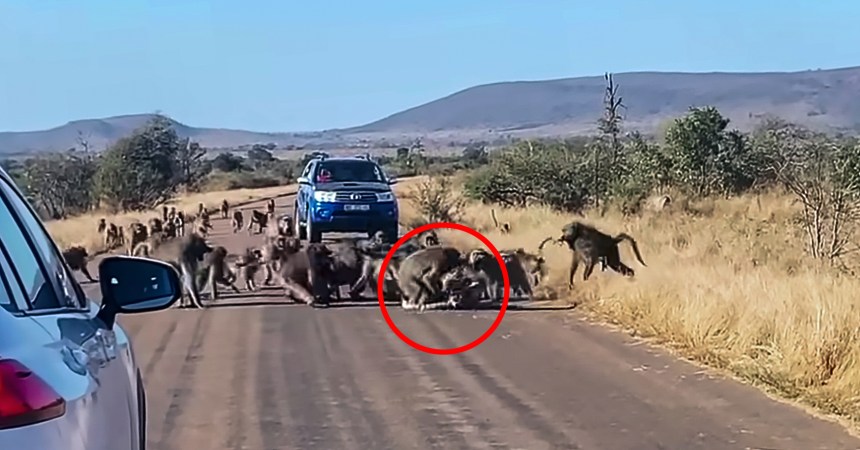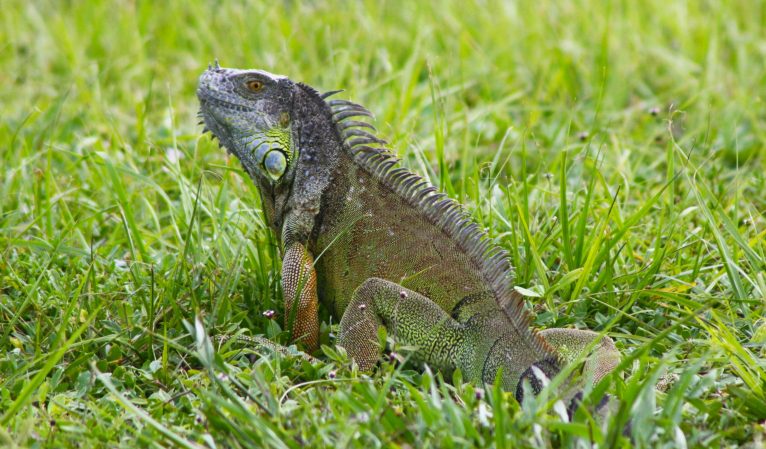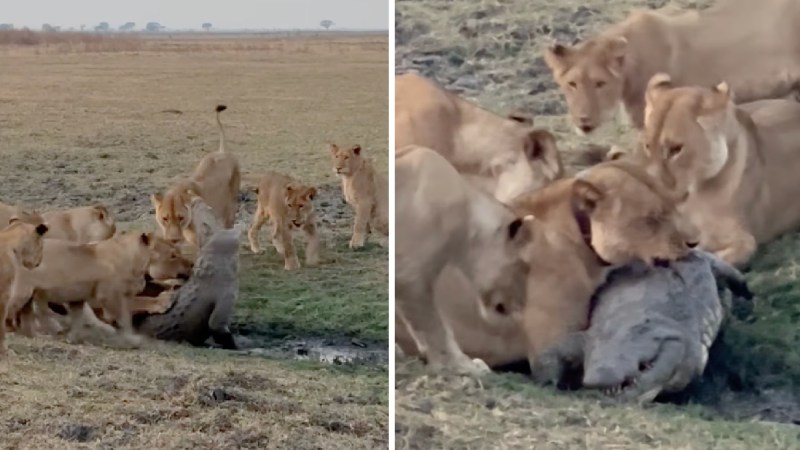This summer, high school student Lindsey Stallworth was fossil hunting on her family’s timber land in Monroe County, Alabama, when she discovered bone fragments embedded in rock. Stallworth and Drew Gentry, her biology teacher who was fossil hunting with her, followed the trail of bone up a hill and discovered the skull of a prehistoric whale that may be a new species.
“We saw something and we were like ‘oh my gosh, what is this?’” Stallworth told AL.com. “Once we started digging into it and looking, we slowly realized what we had actually found.”
Gentry, a paleontologist, believes the whale may be a species previously unknown to scientists. He says the skull may belong to a whale that’s similar to, but smaller than, Alabama’s state fossil, a 50-to-60-foot prehistoric whale called the Basilosaurus cetoides. He believes the new discovery is more similar to the species zygorhiza, which has been unearthed in Alabama, Mississippi, and Louisiana.
Millions of years ago Alabama was covered by ocean, and many residents regularly look for shark teeth and other ancient fossils; Stallworth, 16, has been finding fossils on the family farm since she was a kid. Taking Gentry’s biology class had encouraged her to expand her search for ancient marine life.
“My family mainly looks for different types of shark teeth, but we are realizing now there was a lot of stuff we’ve never recognized was there,” Stallworth told Good News Network. She had shown Gentry a bag of teeth she’d collected over the years. One tooth in particular caught his eye, and he asked if they could return to the area where she had discovered it.
Stallworth and Gentry spent a week excavating the skull with dental picks and other small hand tools until they uncovered most of the lower jaw. The two spent most of the summer extracting the skull and later transported it to a paleontology laboratory at their high school, the Alabama School of Math and Science in Mobile.
The full whale skeleton may be 20 feet long, and its excavation will continue next summer, though it may take years to completely unearth the entire fossil.
Read Next: Dead Whale Explodes in a Shower of Blood and Guts
“We don’t yet know if the entire skeleton is there, but the preservation is pretty fantastic,” Gentry told. “There are lots of different bones sort of protruding from the hill that we were digging in, so it’s likely more of the skeleton is present.”
Stallworth will continue her fossil work with Gentry during her junior and senior years.
“I already loved biology and I had originally wanted to be a marine biologist,” she said. “But this is more like marine paleontology because what we see is from the ocean.

